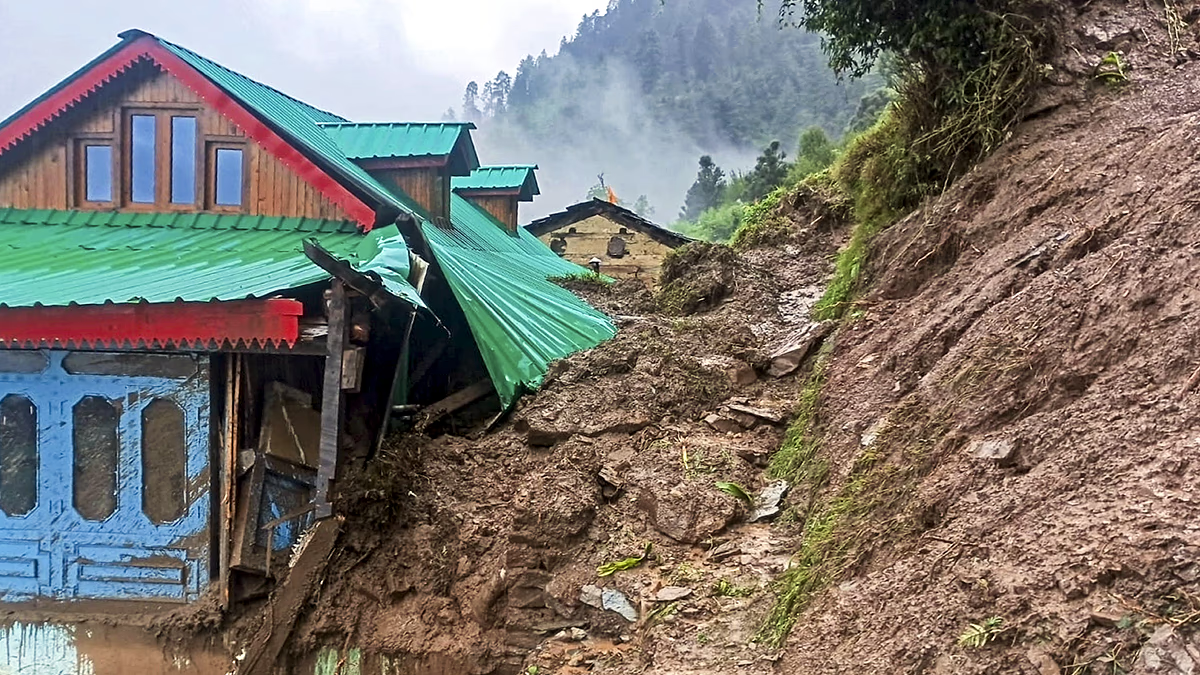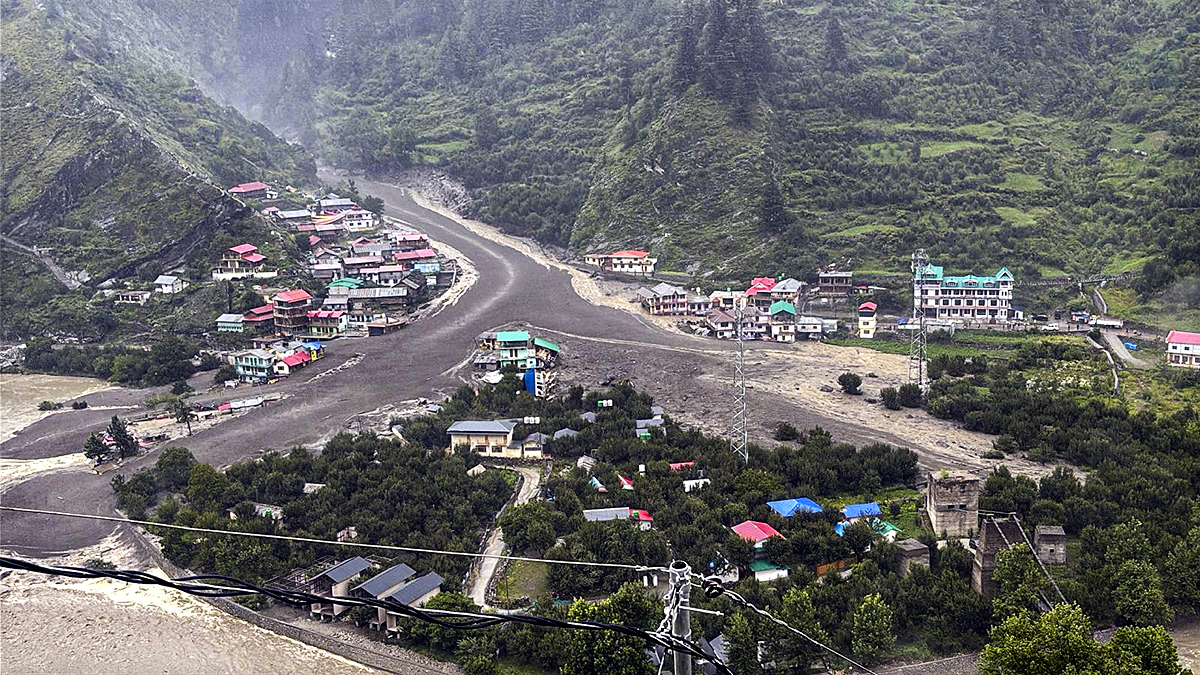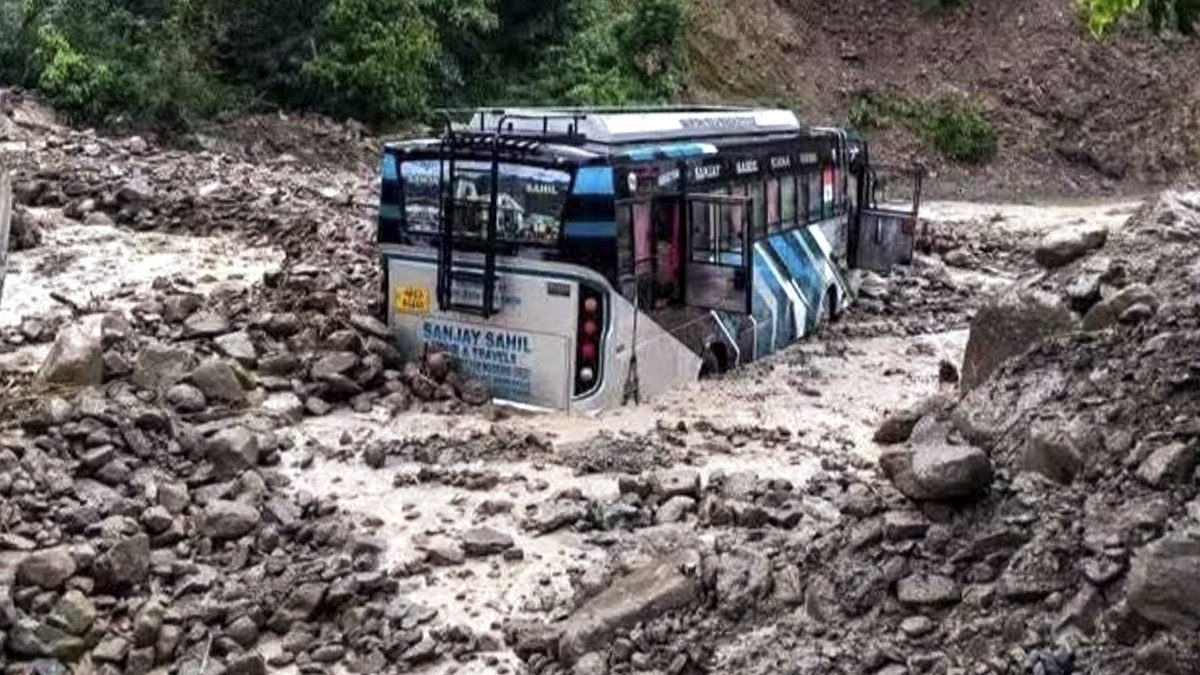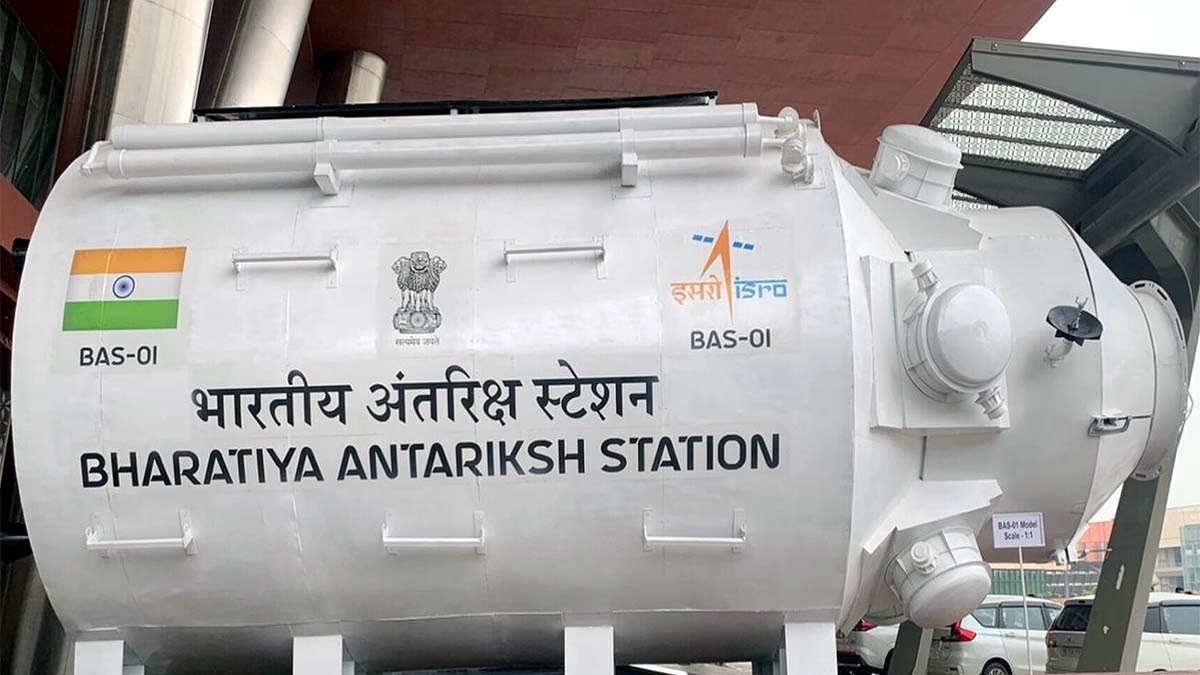Cloudburst incidents have caused widespread destruction in hilly areas, characterized by intense rainfall in a very short duration, leading to floods and landslides. Some regions in India are at the highest risk of cloudbursts. Let's explore which 7 zones are the most dangerous and what threats they present.
The 7 Most Dangerous Zones
Cloudbursts are more frequent in Himalayan regions and mountainous areas of India. Here are the 7 most vulnerable zones...

Source: aajtak
Jammu and Kashmir: Areas like the Amarnath Cave, Ganderbal, Pahalgam, and Kishtwar are repeatedly affected. In 2022, a devastating cloudburst at Amarnath caused significant damage.
Ladakh: The Leh region faced a catastrophic cloudburst in 2010, resulting in the deaths of over 200 people.
Himachal Pradesh: Each monsoon season puts regions such as Kullu, Kinnaur, Chamba, Dharamshala, and Manali at risk. In 2025, Mandi witnessed 14 cloudburst events.
Uttarakhand: Kedarnath (2013), Chamoli, Rudraprayag, Tehri, and Pithoragarh face high risks; most recently, on August 5, 2025, Devastation occurred in Dharali.
Sikkim and Arunachal Pradesh: Tawang, Upper Siang, and Northern Sikkim experience cloudbursts, though they are less frequently reported.
Maharashtra: In 2005, Mumbai was inundated by 944 millimeters of rain due to a cloudburst.
Kerala: In 2018, a cloudburst in Idukki and Wayanad resulted in catastrophic floods, with 324 lives lost.

Source: aajtak
What Are the Dangers?
Cloudbursts pose numerous threats, especially in mountainous regions...
Flash Floods: Sudden torrents sweep away homes, roads, and vehicles.
Landslides: Rain-triggered mud and rock slides bury villages and properties.
Loss of Life: Lives are lost, livestock perishes, and homes are destroyed.
Communication Disruptions: Roads, electricity, and mobile networks remain down for days.
Crop Damage: Floodwaters submerge fields, resulting in heavy losses for farmers.
Environmental Damage: Damage to forests and rivers disrupts the ecosystem.

Source: aajtak
What Do Scientists Say?
Scientists observe an increase in cloudburst events due to several factors...
Climate Change:
A warming planet retains more moisture in the air, leading to intense rainfall. Each 1-degree Celsius increase allows the air to hold 7% more moisture.
Mountainous Geography:
Tall mountains like the Himalayas lift moist air upwards, causing cloudbursts. This process is known as orographic lift.
Monsoon and Western Disturbance:
The interplay of monsoon moisture and western disturbances creates unstable weather, increasing cloudburst occurrences.
Melting Glaciers:
Melting glaciers in the Himalayas add moisture to the atmosphere, intensifying rainfall.
Human Activities:
Deforestation, illegal mining, and settlement expansion weaken soil stability, thereby escalating risks.
Meteorologist Kieran Hunt states that rain falls as snow in winter but combines with the monsoon in summer to cause floods. Indian Tropical Meteorology Institute's Rajib Chattopadhyay notes that such changes are worrisome, as they could lead to extreme weather.




